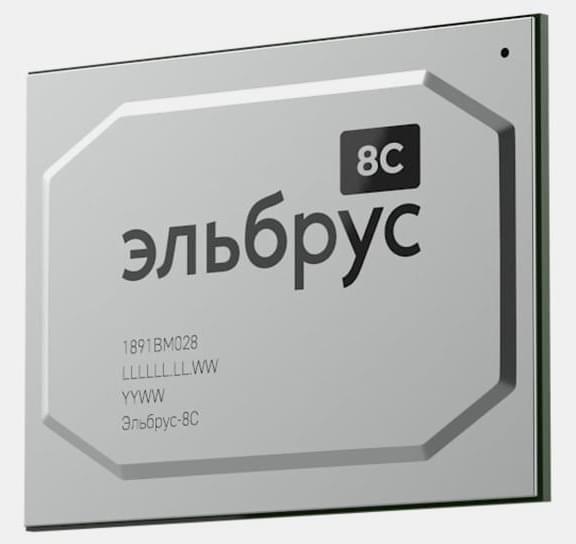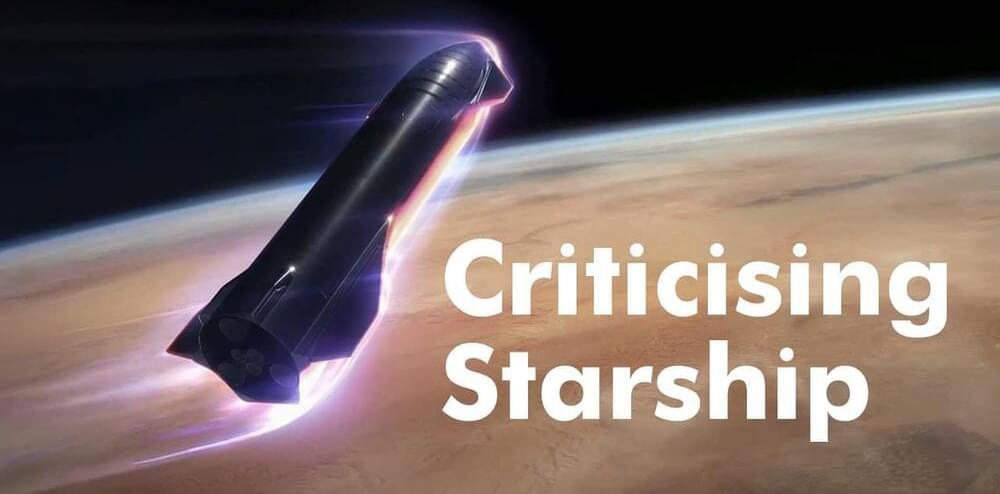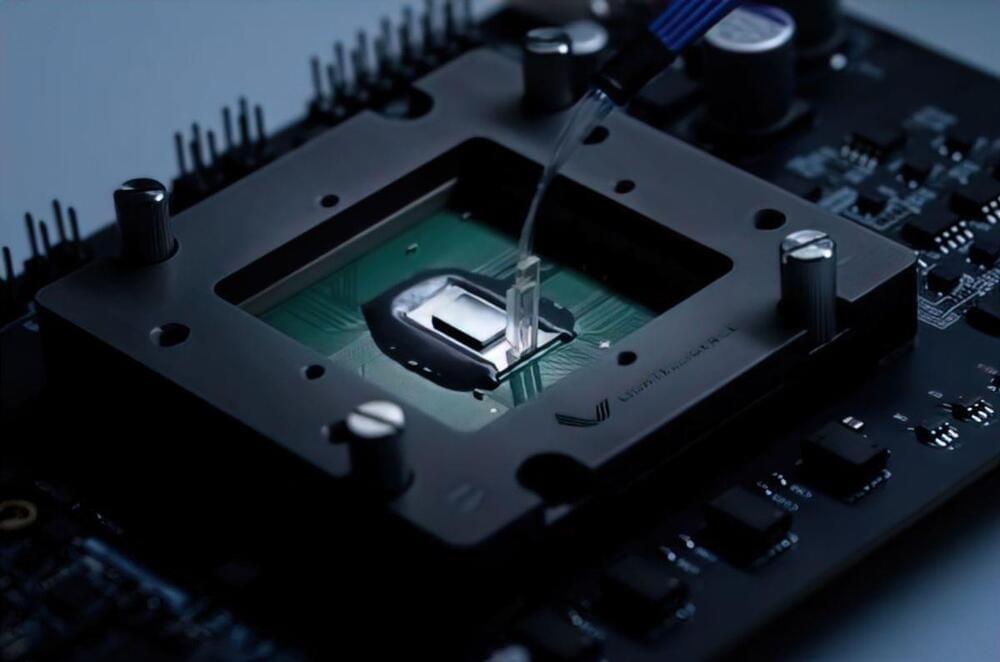Qatar’s status as an investment destination is on the rise, boosted by the efforts of the innovative Qatar Financial Centre.



Less than a week before the Christmas holiday, French IT services company Inetum Group was hit by a ransomware attack that had a limited impact on the business and its customers.
Inetum is active in more than 26 countries, providing digital services to companies in various sectors: aerospace and defense, banking, automotive, energy and utilities, healthcare, insurance, retail, public sector, transportation, telecom and media.

MCST’s Elbrus-8C fails to win the approval of Russia’s biggest bank.
Russia’s Sber finds the domestic Elbrus-8C CPU platform to be unacceptable for modern banking workloads.

He has done his math. The questions seem to be: How to put together viable payloads to make use of Stsrship launches? How to build new markets in space?
This again?! Game Over? Busted? We’re doing Starship again so soon because I’m an unoriginal hack. There’s also been new developments in Starship and I think it’s a perfect time to revisit the launch system. Get as mad as you wish.
Will Starship live up to expectations? Will it really revolutionize space travel? Is Mars and beyond finally within grasp? Why are Musk’s fans so strangely devoted to him? Will I stop asking dumb questions?
Corrections, Clarifications, and Notes.
1. Jesus Christ I forgot about Dear Moon again. It’s clear that Starship probably won’t be human-rated by NASA by 2023. The FAA, if I remember correctly, doesn’t regulate commercial crew vehicles (like airplanes) yet. You could always do a Crew Dragon to Starship for that or something along those lines. I’d anticipate Dear Moon being pushed or somehow incorporated into an HLS demonstration.
2. I’m not bringing up the early test program this time around. SpaceX has clearly gotten better at building tanks (though I suspect Starhopper was mostly a publicity stunt).
3. I didn’t include government launch contracts because those end up more expensive than commercial payloads due to more stringent requirements and specialized missions.
4. I didn’t talk about SpaceX finances since they’re private information. The Morgan Stanley valuation was made by people who I’d argue don’t know anything about the launch market. Their assessment is nonsensical. Also, I doubt SpaceX is making much money as a commercial launch provider—the launch side of the space industry is small; if it weren’t for Starship and Starlink, they might. It also appears that SpaceX is adept at burning cash, considering all the fundraising they do. It’s hard to say without industrial espionage.

Japan and U.S have agreed to Tokyo’s contribution for hosting U.S. military forces to 9.2 Billion dollars over the five-year period from fiscal 2022, which starts in April, government sources said.
Roughly 5% increase in so-called host nation support came in response to calls from the administration of U.S president Joe Biden for the Japanese government to foot more of the cost, given the need for U.S. forces to deal with China.
The two sides have agreed to reduce Tokyo’s financial contribution for utility costs, with the increased amount to be allocated to funding expenses such as maintenance of facilities used by both Japan’s self-Defence Forces and the U.S. military as well as their joint exercise.

Now, Future Meat Technologies have announced that they have managed to produce cultivated chicken breast for just $7.70 per pound, (or $1.70 per 110-gram of chicken breast) down from under $18 per pound just six months ago. The move could soon see lab-grown meat making the rounds on supermarkets everywhere.
The firm also announced that it had raised $347 million in a Series B round of financing, meaning it will have plenty of money to continue on its mission to bring lab-grown meat to the masses.
“We are incredibly excited by the massive support of our global network of strategic and financial investors,” said in a statement Professor Yaakov Nahmias, founder and president of Future Meat. “This financing consolidates Future Meat’s position as the leading player in the cultivated meat industry, just three years after our launch. Our singular technology reduced production costs faster than anyone thought possible, paving the way for a massive expansion of operations. Our team will break ground on the first-of-its-kind, large-scale production facility in the United States in 2022.”


KUALA LUMPUR: More than 21,000 people affected by Malaysia’s worst flooding in years — most of them in Selangor — were sheltering in relief centres on Sunday (Dec 19).
Prime Minister Ismail Sabri Yaakob announced the government would allocate an initial sum of RM100 million for house and infrastructure repairs, and will provide financial aid to affected households.
In a Facebook post, the prime minister said he had “directed all ministries to double up efforts in helping flood operations especially in the severely affected areas as soon as possible”.

Lightelligence, a Boston-based photonics company, revealed the world’s first small form-factor, photonics-based computing device, meaning it uses light to perform compute operations. The company claims the unit is “hundreds of times faster than a typical computing unit, such as NVIDIA RTX 3080.” 350 times faster, to be exact, but that only applies to certain types of applications.
However, the PACE achieves that coveted specialization through an added field of computing — which not only makes the system faster, it makes it incredibly more efficient. While traditional semiconductor systems have the issue of excess heat that results from running current through nanometre-level features at sometimes ludicrous frequencies, the photonic system processes its workloads with zero Ohmic heating — there’s no heat produced from current resistance. Instead, it’s all about light.
Lightelligence is built around its CEO’s Ph.d. thesis — and the legitimacy it provides. This is so because when “Deep Learning with Coherent Nanophotonic Circuits” was published in Nature in 2017, Lightelligence’s CEO and founder Yichen Chen had already foreseen a path for optical circuits to be at the forefront of Machine Learning computing efforts. By 2020, the company had already received $100 million in funding and employed around 150 employees. A year later, Lightspeed has achieved a dem product that it says is “hundreds of times faster than a typical computing unit, such as NVIDIA RTX 3080”. 350 times faster, to be clear.
The PACE’s debut aims to charm enough capital to comfortably reach its goal of launching a pilot AI accelerator product to the market in 2022. That’s still only a stretch goal in the company’s vision, however, its goal is to develop and distribute a mass-market, photonics-based hardware solution as early as 2023, targeting the Cloud AI, Finance, and Retail markets. Considering how Lightelligence managed to improve the company’s 2019 COMET design performance by a factor of a million with PACE in a span of two years, it’ll be interesting to see where their efforts take them when it comes to launching.
